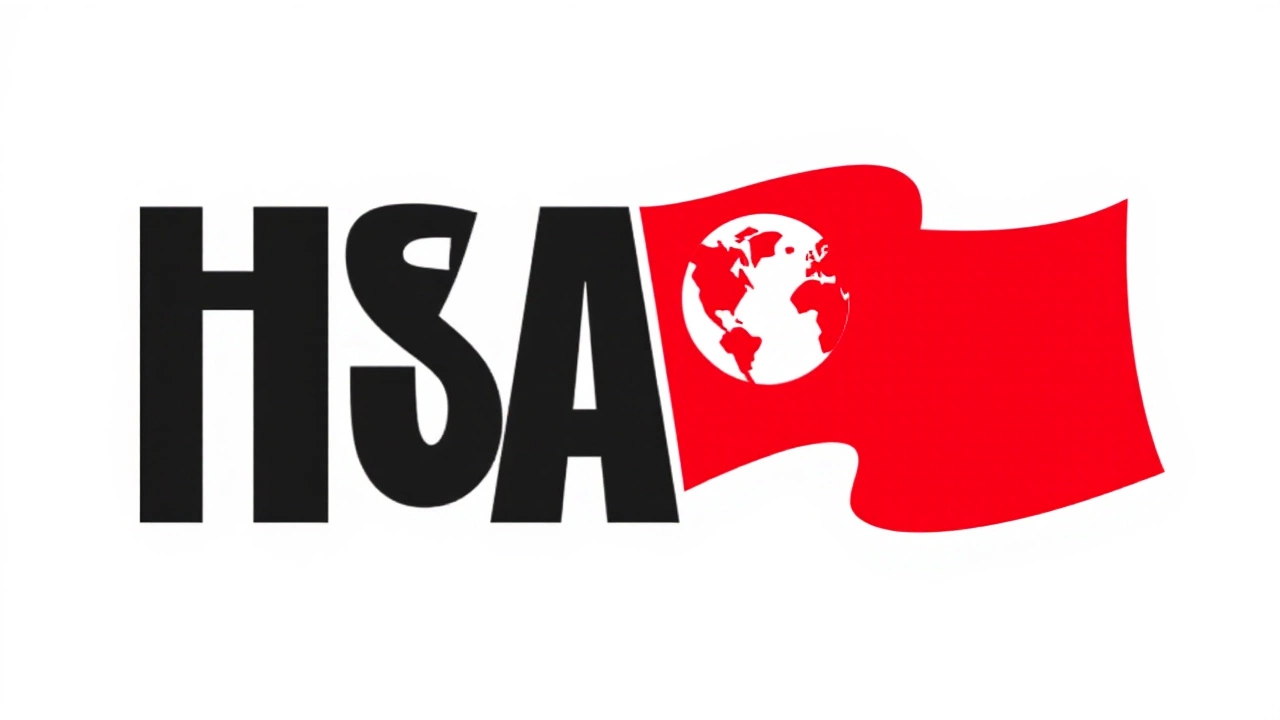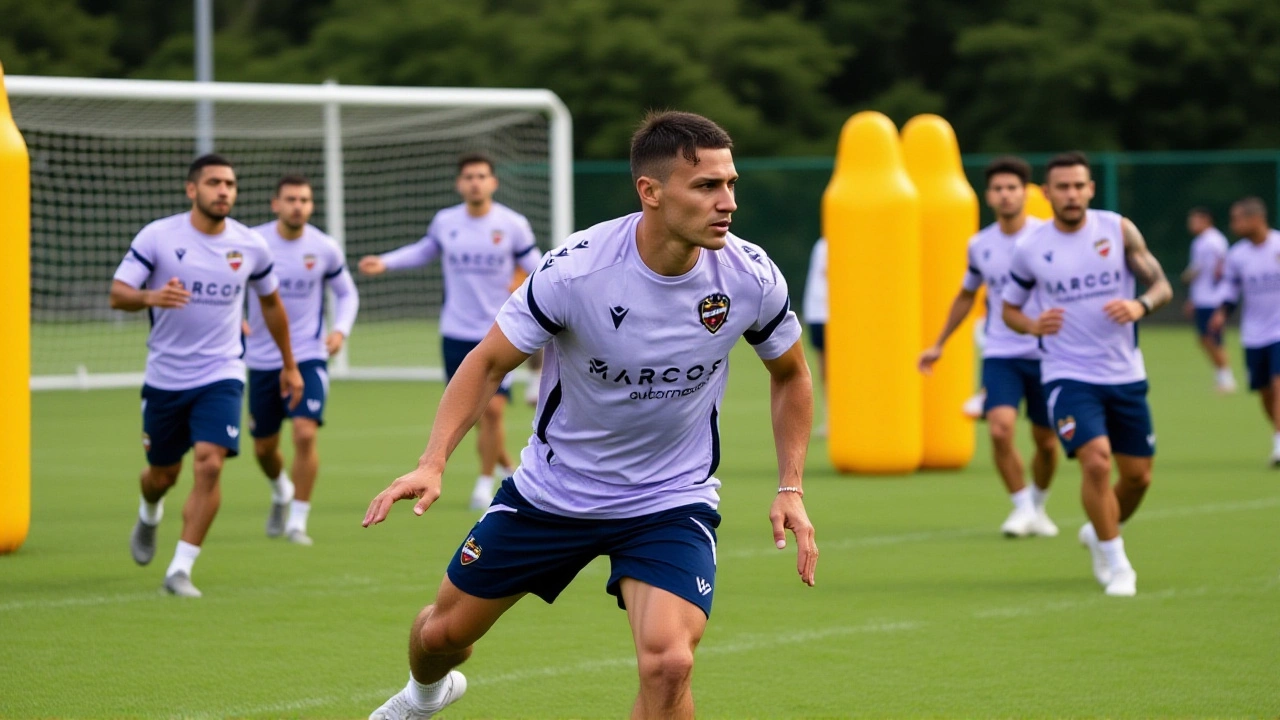When Kervin Arriaga sent a 40-yard diagonal pass slicing through Haiti’s defense in the 17th minute, few expected it to become the catalyst for Honduras’ most commanding performance in World Cup qualifying in years. The assist led directly to Rigoberto Rivas’ opening goal — and ultimately, a 3-0 victory over Haiti on October 13, 2025, at Estadio José de la Paz Herrera Uclés in Tegucigalpa. Arriaga, the 24-year-old central midfielder for Spanish club Levante UD, didn’t just play in the match. He dictated its rhythm. And with that single pass, he announced himself as Honduras’ new midfield heartbeat.
From La Liga to the Final Round
Arriaga’s call-up wasn’t a surprise to those following his rise. After breaking into Levante’s first team in 2023, he quickly earned a reputation for composure under pressure and pinpoint long balls — traits that translated perfectly to Honduras’ need for structure in the 2026 FIFA World Cup Qualifiers. His selection came just days after Levante confirmed he’d be released from club duties from October 6 to October 14, 2025, to join the national team. That’s not common. Clubs rarely let players go for two back-to-back qualifiers unless they’re indispensable. And Arriaga? He’s become exactly that.His debut for Honduras came in June 2024, and since then, he’s appeared in seven qualifying matches — one assist, no goals, but constant presence. The stats don’t tell the full story. Watch him in motion: he reads the game like a chess player, dropping deep to receive, then firing forward with surgical precision. Against Costa Rica on October 9, he started in a 4-2-3-1, covering ground like a man twice his age. The match ended 0-0 in San José, but Honduras held firm. Arriaga completed 89% of his passes, the highest among midfielders on either side.
3-0 in Tegucigalpa: A Statement Win
The Haiti match was different. The stadium roared. The air smelled of grilled plantains and diesel fumes. And Arriaga? He was everywhere.His assist to Rivas wasn’t just a good pass — it was a perfect one. Haiti’s center-backs had pushed high, leaving space behind. Arriaga saw it. He didn’t hesitate. The ball curved over the top, landing just beyond Haiti’s last man. Rivas sprinted, calmly slotted it past goalkeeper Johny Placide. Ten minutes later, Anthony 'Choco' Lozano doubled the lead after a lightning counter, finished with a left-footed curler. Luis Palma’s run down the flank had stretched the defense — and Arriaga’s vision unlocked it.
By the 40th minute, Romell Quioto made it 3-0. He picked up a loose ball near the left corner of the six-yard box, spun, and fired low. The goal was pure instinct — but it was Arriaga’s relentless pressing in midfield that forced the turnover. He didn’t score, but he made the goals possible.
Then came the yellow card. In the 97th minute. Not for a foul. For celebrating. Arriaga had just cleared a dangerous cross with his chest, then sprinted to the corner flag, arms wide, screaming at the fans. The ref had no choice. It was his first booking in international play. The crowd loved it.

Group C Reborn
Before the Haiti match, Honduras sat second in Group C, tied on points with Costa Rica. After the win, they leapt to first with eight points — one ahead of Costa Rica, who had drawn with Panama the same day. Haiti, once considered a dark horse, now sits at five points, with their fate hanging by a thread.Goalkeeper Edrick Menjívar kept his fourth straight clean sheet — a streak unmatched in CONCACAF qualifying this cycle. The defense, anchored by Getsel Montes and Joseph Rosales, didn’t allow a single shot on target after the 30th minute. Honduras didn’t just win — they dominated.
And it’s no accident. Coach Jorge Luis Pinto has rebuilt the team around control, not chaos. Arriaga is the engine. Quioto and Lozano are the finishers. Menjívar is the last wall. Together, they’re playing with a confidence Honduras hasn’t shown since 2017.
What’s Next? The Road to 2026
The next test comes on November 13, 2025, when Honduras travels to Nicaragua — a team they’ve beaten in every qualifier since 2018. But Nicaragua’s defense has improved. They held El Salvador to a 1-1 draw last month. This won’t be easy.Meanwhile, Haiti must travel to Costa Rica on the same day. A loss there could eliminate them. For Honduras, the goal remains clear: finish in the top three of Group C to qualify directly for the 2026 World Cup, co-hosted by Canada, Mexico, and the United States. Fourth place means a playoff. And no one in Tegucigalpa wants to risk that.
Arriaga’s return to Levante UD will be tense. He’s missed three La Liga matches during this window. His manager, Paco López, said he’s “grateful for the opportunity” but “wants him back fit.” Still, the club knows: this isn’t just international duty. It’s career-defining.

Why This Matters Beyond the Pitch
For Honduras, football isn’t just sport — it’s identity. After years of instability — coaches fired, players leaving, fan unrest — this team is finally building something. Arriaga, raised in a small town near La Ceiba, represents that hope. He didn’t come from a豪门 academy. He worked his way up through local clubs. Now he’s playing alongside stars in Spain, and leading his country in the biggest tournament of his life.When he steps onto the pitch in Nicaragua, he’ll carry more than a jersey. He’ll carry the dreams of a nation that hasn’t reached a World Cup since 2014. And if he keeps playing like this? They might just make it.
Frequently Asked Questions
How did Kervin Arriaga’s performance impact Honduras’ position in Group C?
Arriaga’s assist in the 3-0 win over Haiti directly contributed to Honduras climbing to first place in Group C with eight points, one point ahead of Costa Rica. His midfield control and defensive work allowed Honduras to dominate possession and limit opponents’ chances, helping secure their fourth consecutive clean sheet. This result shifted the qualifying landscape, putting Honduras in direct qualification territory for the 2026 World Cup.
What role does Kervin Arriaga play in Honduras’ tactical system?
Arriaga operates as a deep-lying playmaker in a 4-1-4-1 formation, shielding the defense while initiating attacks with long diagonal passes. He’s not a goal-scorer, but his passing accuracy (89% vs. Costa Rica) and vision unlock transitions. His ability to read space allows forwards like Lozano and Quioto to exploit gaps — making him the link between defense and attack that Honduras lacked in previous cycles.
How has Levante UD responded to Arriaga’s international duties?
Levante UD publicly supported Arriaga’s call-up, releasing him for the full October window without complaint — a sign of mutual respect. The club noted he’s one of several players on international duty, including Australian goalkeeper Mathew Ryan. While he missed three La Liga matches, his return is expected to strengthen their midfield depth as they battle relegation in Spain’s second tier.
What are Honduras’ chances of qualifying for the 2026 World Cup?
With eight points and a game in hand, Honduras is in strong position. Only the top three teams qualify directly; fourth place enters a playoff. Their next match against Nicaragua on November 13 is critical — a win would likely seal qualification. They’ve won all six previous meetings with Nicaragua in qualifiers, and with their current defensive solidity and midfield control, they’re the most dangerous team in Group C right now.
Why is this win over Haiti considered a turning point?
Haiti had been a surprise contender in Group C, with wins over Jamaica and El Salvador. Honduras’ 3-0 victory wasn’t just about points — it was psychological. For the first time in years, Honduras didn’t just survive — they dismantled a rival. The clean sheet, the dominant midfield, and Arriaga’s leadership signaled a new era. Fans in San Pedro Sula and Tegucigalpa are now openly talking about World Cup qualification — not just hope, but expectation.
Has Kervin Arriaga ever played in a World Cup before?
No. This is Arriaga’s first World Cup qualifying campaign. Honduras last qualified for the World Cup in 2014, when he was just 13. His career has been built on steady progression — from youth academies in Honduras to professional play in Spain. If Honduras qualifies for 2026, he’ll become one of the few players to reach the tournament after rising through the domestic system rather than moving abroad as a teenager.
